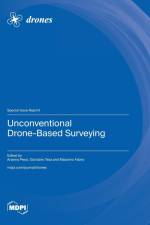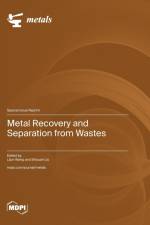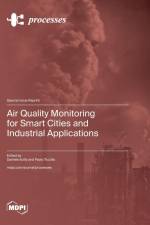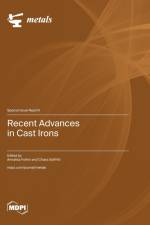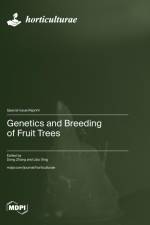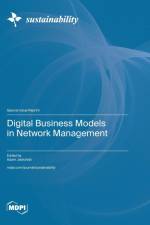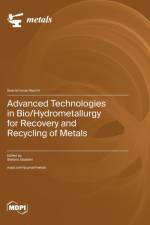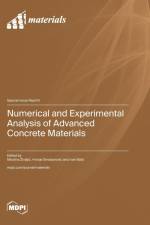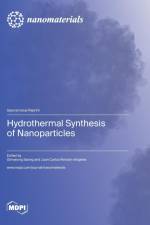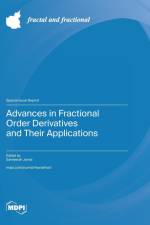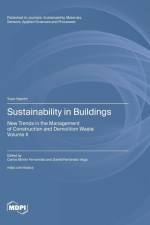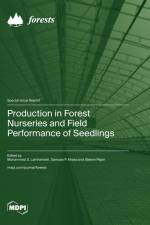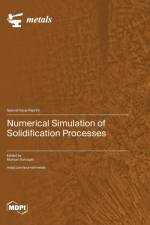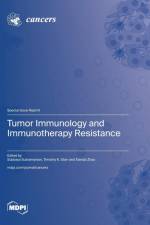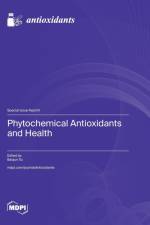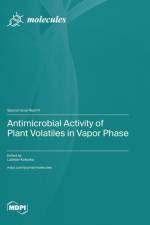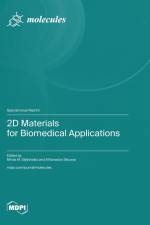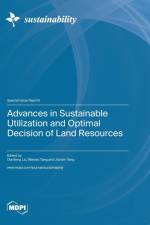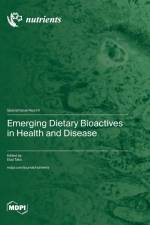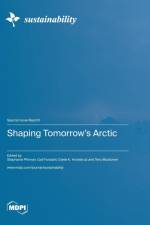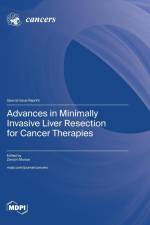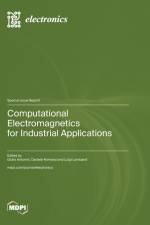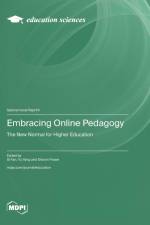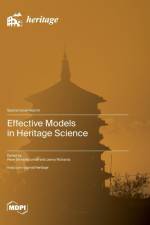1 047
With the development of society, large amounts of solid waste (slag, sludge, tailing, electronic waste, etc.) are generated every year. Each type of waste contains specific metals, such as As, Cr, V, Cu, Pb, and Zn, which are valuable resources and are also harmful to the environment. Recently, problems regarding the environment have increasingly attracted widespread attention. If metals in wastes are not recovered effectively, not only are resources wasted, but the environment is also seriously polluted. The current processes for recovering metals (V, Cr, Ti, Fe, Mn, Pb, Zn, Cu, Ni, Co, Al, As, Nb, Mg, Au, etc.) from wastes include gravimetric, magnetic, floatation, pyrometallurgical, hydrometallurgical, bioleaching, chlorination, electrolysis methods, etc. To minimize production costs and environmental impacts, it will be more and more necessary to use cleaner and more economical methods to recover metals from wastes. The purpose of this Special Issue is to focus on the current state-of-the-art ideas, methods, technologies, etc., for utilizing waste.

